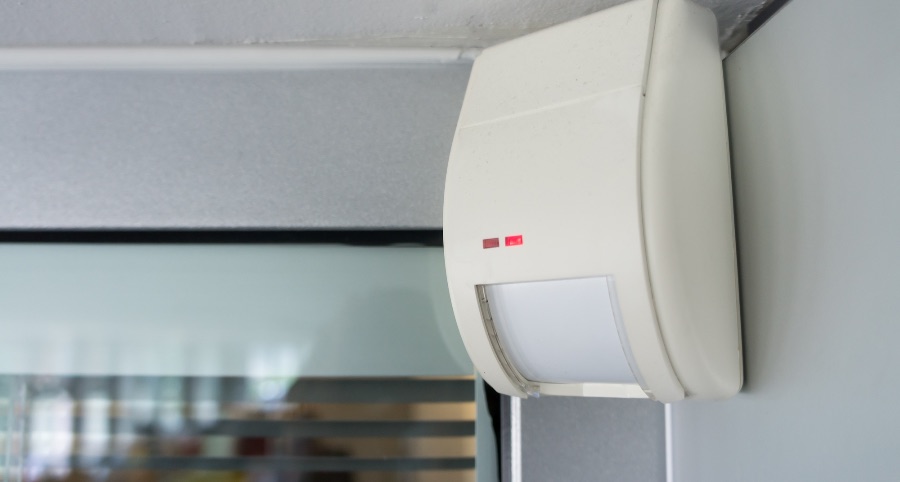How Do Motion Detectors Work In Madison?

You’re likely to have a fairly decent grasp of what motion detectors do solely based on their title. Indeed, they sense activity, but how precisely do they work? Take a moment to discover the technology that powers them and the many sorts of sensors you might find. You’ll get a better appreciation of how they work and how you can incorporate them into your advanced smart home.
What is the technology that drives motion detectors?
Detecting activity can be performed in several distinct ways, but motion detectors are generally classified into either of these categories - active or passive.
● Active motion detectors: These devices are viewed as active, as they regularly transmit signals like microwaves and then calculate the response time. Activity is shown when the time of response changes. Even though microwave sensors are most often found, you’ll also discover active motion detectors that measure sound waves or infrared light.
● Passive infrared (PIR) motion detectors: Regularly encountered within home defense systems, PIR motion detectors work by detecting variations in the ambient temperature. Essentially, the device detects what the standard temperature should be within a designated area. If there are abrupt heat increases, like a burglar moving across the space, the sensor takes notice and initiates your alarm. Since they aren’t constantly sending out signals, passive detectors usually utilize less power and are more economical to operate.
Besides active and passive, you might discover hybrid motion sensors that utilize more than one technology. These can help lessen false alarms, as every sensor has to be activated before the alarm system is prompted. Additional choices include vibration motion detectors and tomographic sensors that are commonly utilized in bigger commercial or industrial locations.
Ways to incorporate Madison motion detectors
The chief goal of motion detectors is to detect motion within a given area, usually to a distance of 50 feet away. You’ll regularly find them incorporated into outside floodlights or as standalone devices within the interior of your property. When movement is sensed, they’ll trigger your alarm system and advise your professional monitoring team.
But modern motion detectors are more adaptable than ever before. As a matter of fact, they can interact directly with other smart devices. For instance, they can trigger your linked smart light bulbs to turn on or your surveillance camera to record whenever motion is detected. They might even notify your smart thermostat to change the temperature.
Get immediate notifications and alter settings for furry friends
One more tremendous advantage of modern motion detectors is that you’ll have automatic alerts sent to your mobile phone whenever the device is activated. If you have pets, you can even circumvent false alarms by adjusting settings to account for the size of your furry friends.
Design Your Vivint Smart Home With Motion Detectors in Madison
Now that you have a deeper understanding of how motion detectors work in Madison, it’s a good time to include them into your modern smart home. Vivint’s motion detectors cover big areas, give you wide-angle functionality, and last for years without needing a new battery. They’ll also synchronize perfectly with your additional smart home implements. Are you ready to begin? Call (608) 470-6808 to converse with a knowledgeable Vivint representative today.